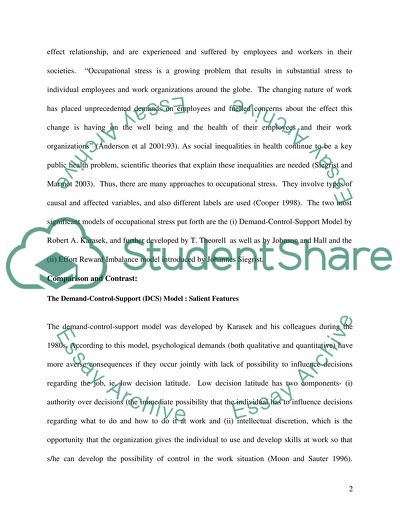Cite this document
(Demand-Control-Support and Effort-Reward Imbalance Models of Coursework Example | Topics and Well Written Essays - 1500 words, n.d.)
Demand-Control-Support and Effort-Reward Imbalance Models of Coursework Example | Topics and Well Written Essays - 1500 words. https://studentshare.org/psychology/1505717-occupational-stress
Demand-Control-Support and Effort-Reward Imbalance Models of Coursework Example | Topics and Well Written Essays - 1500 words. https://studentshare.org/psychology/1505717-occupational-stress
(Demand-Control-Support and Effort-Reward Imbalance Models of Coursework Example | Topics and Well Written Essays - 1500 Words)
Demand-Control-Support and Effort-Reward Imbalance Models of Coursework Example | Topics and Well Written Essays - 1500 Words. https://studentshare.org/psychology/1505717-occupational-stress.
Demand-Control-Support and Effort-Reward Imbalance Models of Coursework Example | Topics and Well Written Essays - 1500 Words. https://studentshare.org/psychology/1505717-occupational-stress.
“Demand-Control-Support and Effort-Reward Imbalance Models of Coursework Example | Topics and Well Written Essays - 1500 Words”. https://studentshare.org/psychology/1505717-occupational-stress.


